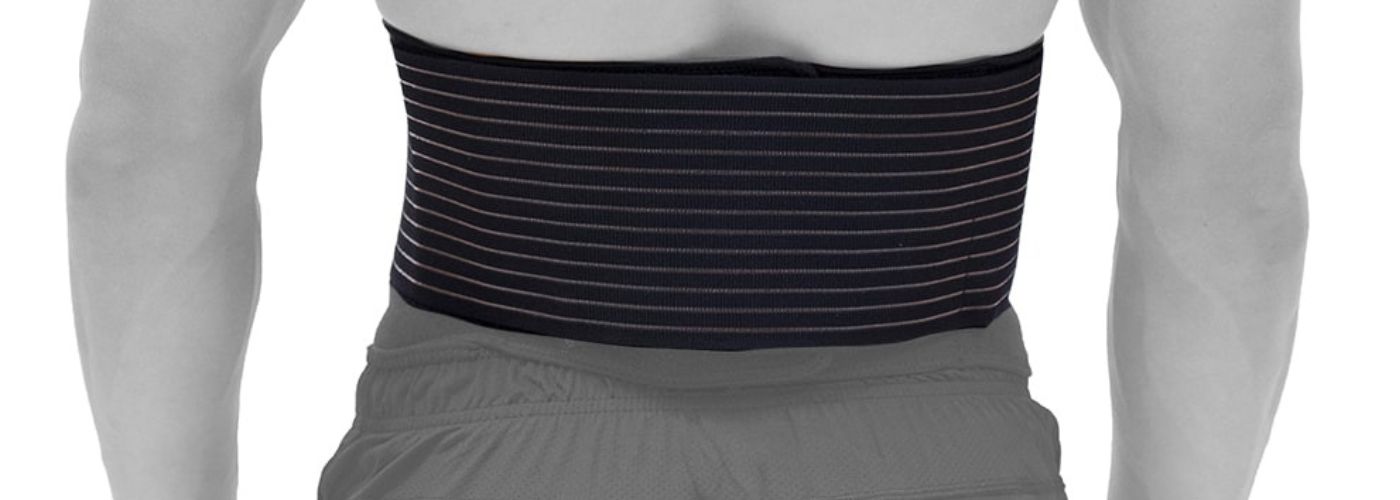Compression belts have become an increasingly popular fitness aid in recent years, with many people claiming that they help to improve workout performance and reduce post-workout soreness. But do compression belts work? This blog will explore the evidence for the effectiveness of compression belts and analyze whether they are a worthwhile investment!
What Is A Compression Belt?

A compression belt is a type of wearable device that is designed to provide support and stability to the lower back and abdominal muscles. It is made of stretchable fabric that fits snugly around the waist, providing targeted compression therapy to the affected area.
Compression belts are often used by people who suffer from lower back pain, herniated discs, sciatica, or other lumbar spine conditions. They work by applying pressure on the abdomen and lower back area, which may help to improve blood circulation and reduce inflammation.
The added support also helps stabilize the core muscles during physical activities such as lifting weights or running. Moreover, compression belts can help those who sit for long periods alleviate discomfort associated with prolonged sitting at a desk job or while driving long distances.
Overall, compression belts are an effective solution for people who experience chronic pain in their lower back or abdomen.
When Should You Wear A Compression Belt?

When it comes to fitness and exercise, there are countless tools and accessories to choose from. One such accessory is the compression belt. But when should you wear a compression belt?
If you’re an athlete or a fitness enthusiast, wearing a compression belt during training can provide added support to your core muscles. This can help you maintain proper form and alignment, which is especially important for high-impact exercises like running or weightlifting.
Additionally, the increased blood flow that comes with wearing a compression belt may help reduce muscle fatigue and soreness after your workout.
On the other hand, if you suffer from lower back pain or have recently undergone abdominal surgery, wearing a compression belt may be recommended by your healthcare provider as part of your treatment plan.
A compression belt may help alleviate pressure on the affected area while providing gentle support to promote healing. Compression belts supplemented with TENS devices and other therapies may help with any chronic pain.
TENS devices work with your body to limit nerve pain signals from reaching the brain, which may help with overall pain, soreness, and discomfort.
Is It OK To Wear Compression Belts All Day?
As more people become aware of the benefits of wearing compression belts, one question that often arises is whether it’s safe to wear them all day.
Compression belts provide support, and help improve stability, making them an attractive option for people who work long hours on their feet or those who engage in physical activities.
However, if worn incorrectly or for extended periods, these belts can cause harm to your body.
When worn correctly and for short periods, compression belts can be beneficial. They may help reduce swelling and inflammation by applying pressure to the affected area. They can also prevent muscle fatigue and soreness by providing extra support during physical activity or exercise.
However, it’s important to note that prolonged use of these belts can adversely affect your body.
Prolonged use can cause skin irritation, rashes, or even sores due to constant pressure on the skin. Prolonged use also can prevent your muscles from building their natural strength.
It’s best to use compression belts periodically when needed!
How Tight Should A Compression Belt Be?
When using a compression belt, one of the most common questions is how tight it should be. The answer to this question can vary depending on the individual’s needs and preferences, but some general guidelines can help you find the right fit.
Firstly, it’s important to understand that a compression belt should be snug but not too tight. A properly fitted compression belt should provide enough pressure to support your muscles and improve blood flow without causing discomfort or restricting movement.
To ensure you’re wearing your compression belt correctly, start by measuring your waistline and referring to the manufacturer’s sizing chart. Once you have the correct size, adjust the fit to feel snug around your waist without feeling overly constricting.
Remember that everyone’s body is different and may require different pressure levels from their compression belt.

Related Stories
Red, White, and Soothe: How HiDow Helps You Recover in the Heat
Recovery that works in winter doesn’t always hold up in the heat. The body reacts...
Jul
Massage Gun Showdown: How the Power Duo Compares to Traditional Methods
Have you ever considered that a handheld device could revolutionize your muscle recovery? With the...
Jun
Fatherly Fitness Tips For Men’s Health Month
Men’s Health Month is more than a date on the calendar—it’s a call to action....
Jun
Built to Move: The Everyday Recovery Edit
Movement is what keeps us going—literally. Whether it’s recovering after a run, loosening up after...
Jun
Unlocking The Secret To Tissue Injury Recovery With TENS/EMS Devices
Have you ever wondered why some injuries take longer to heal than others? Tissue injuries...
May
Get Mobile With HiDow TriggerFlex Tools & TriggerFlex 2.0
Tight muscles holding you back? Whether you’re dealing with daily tension or post-workout soreness, recovery...
May